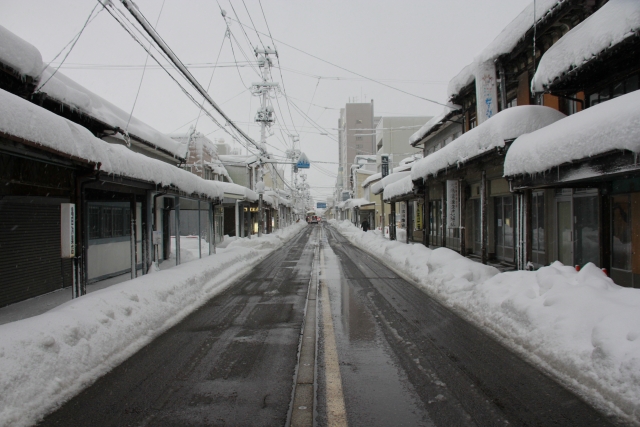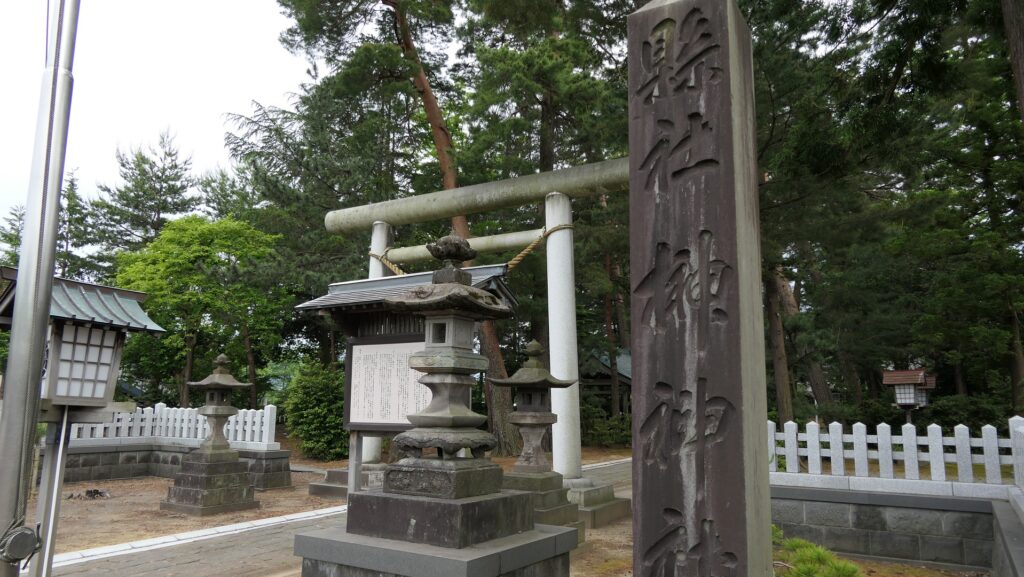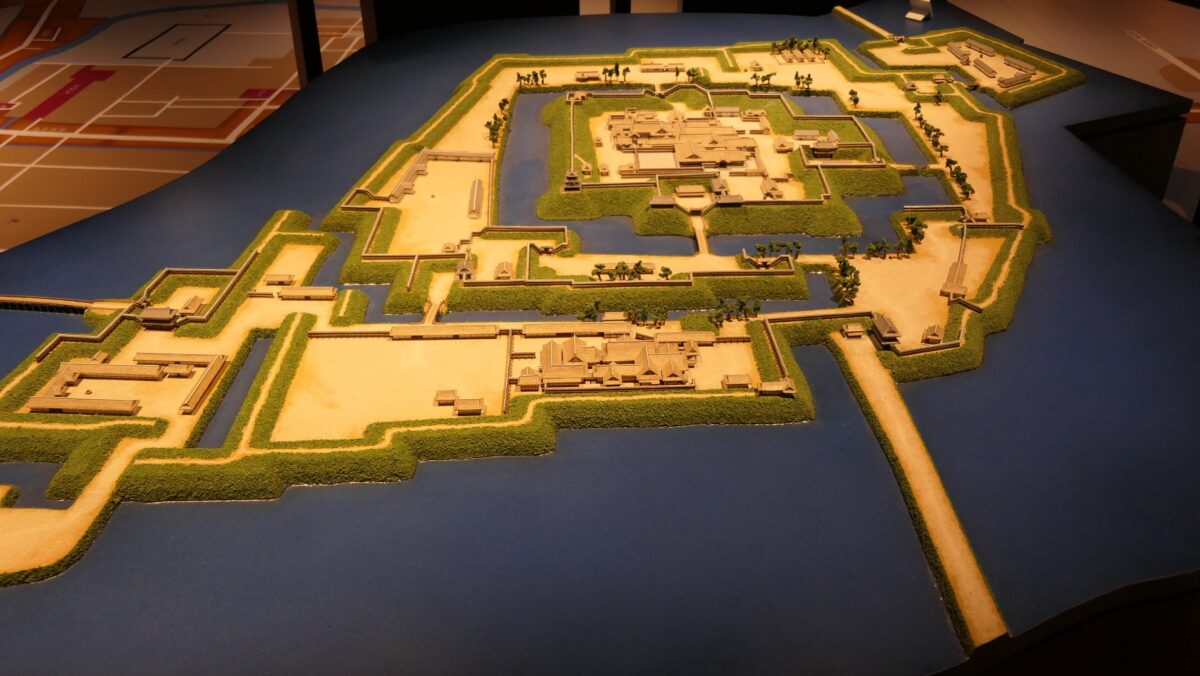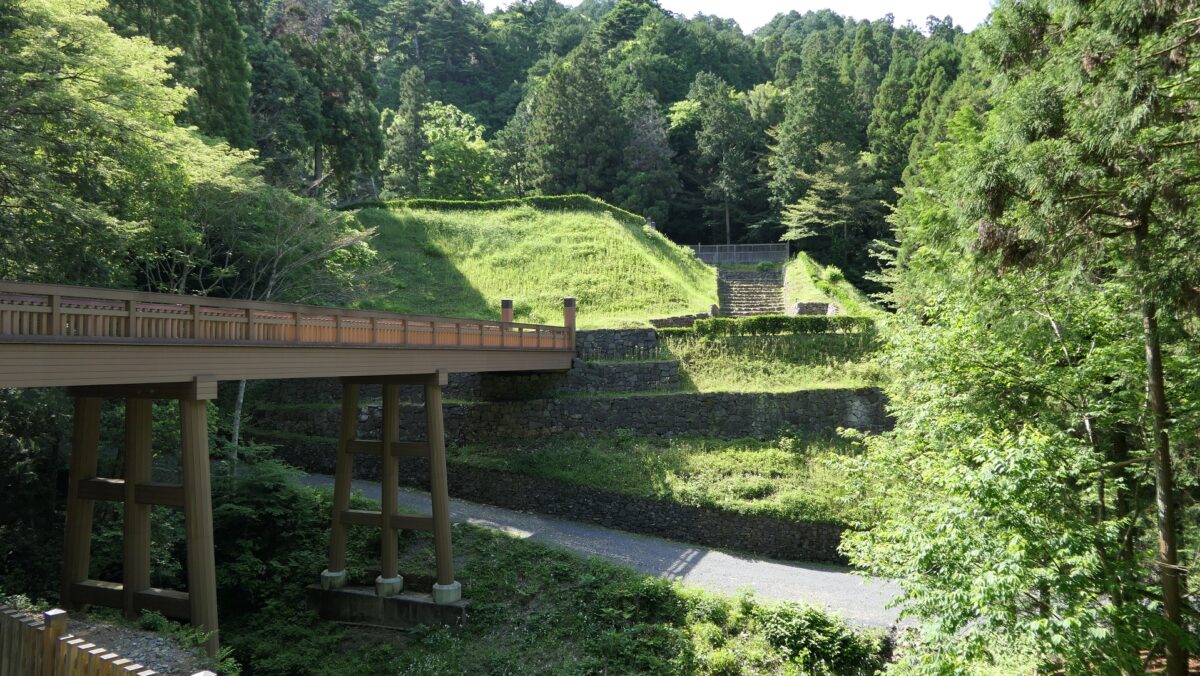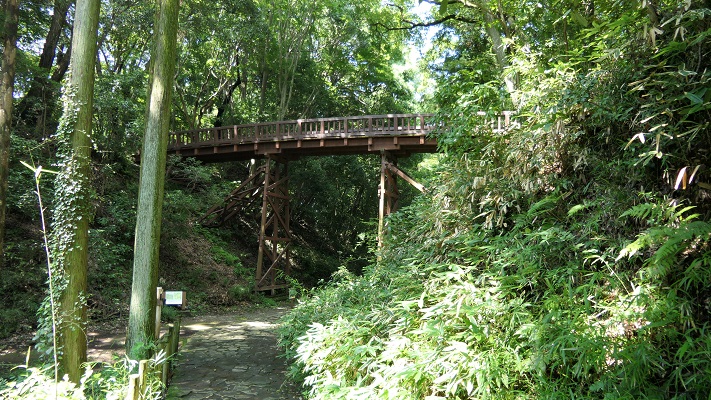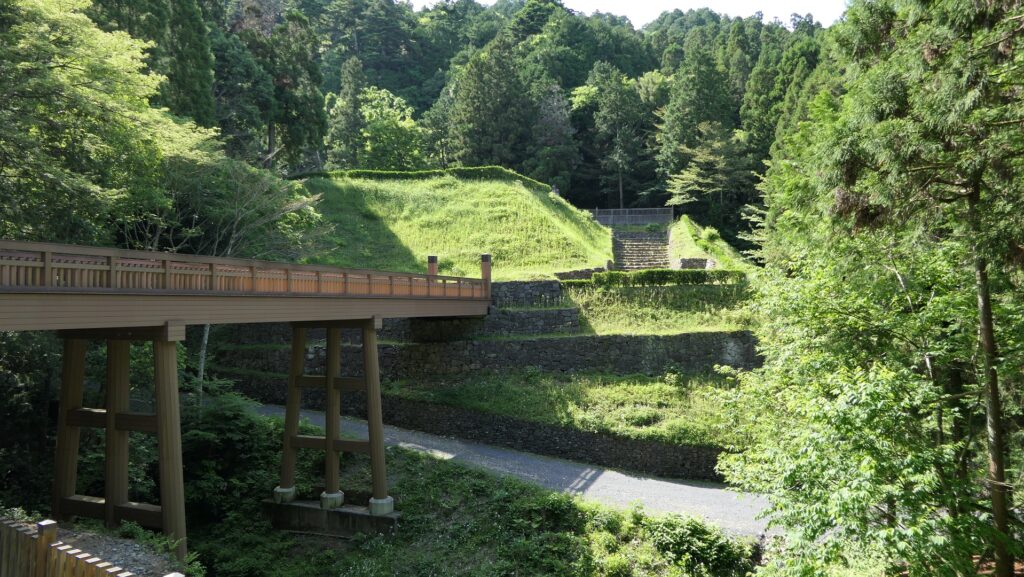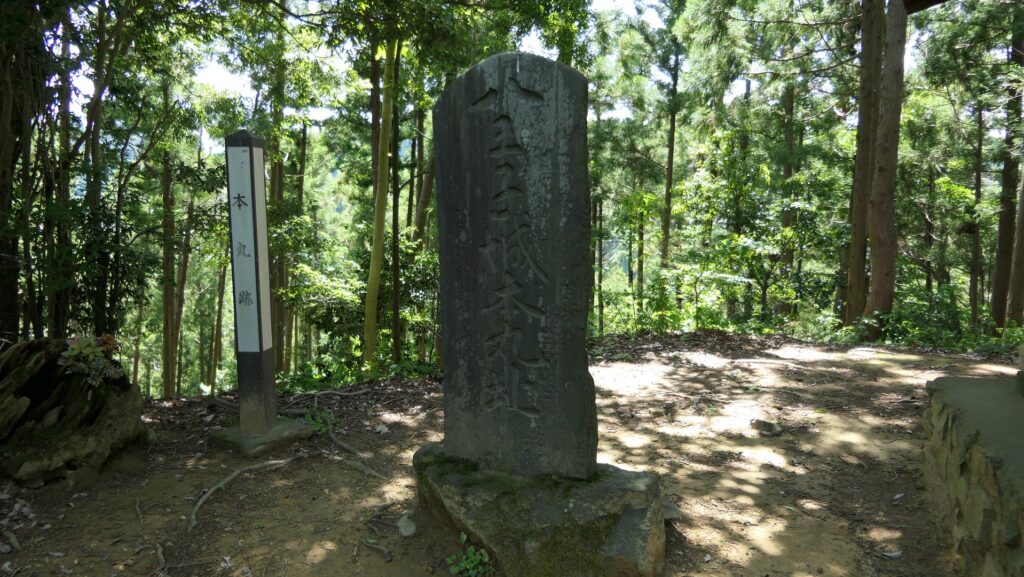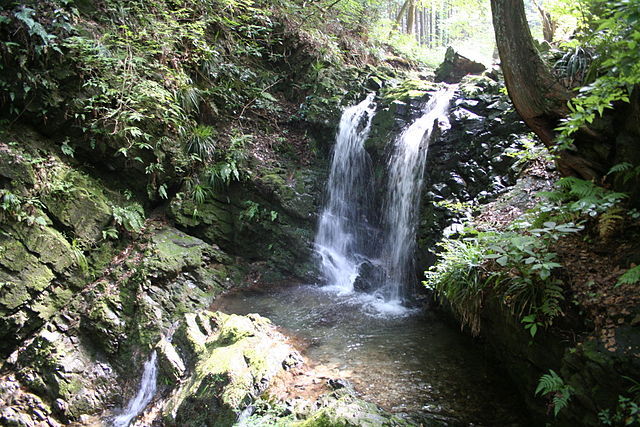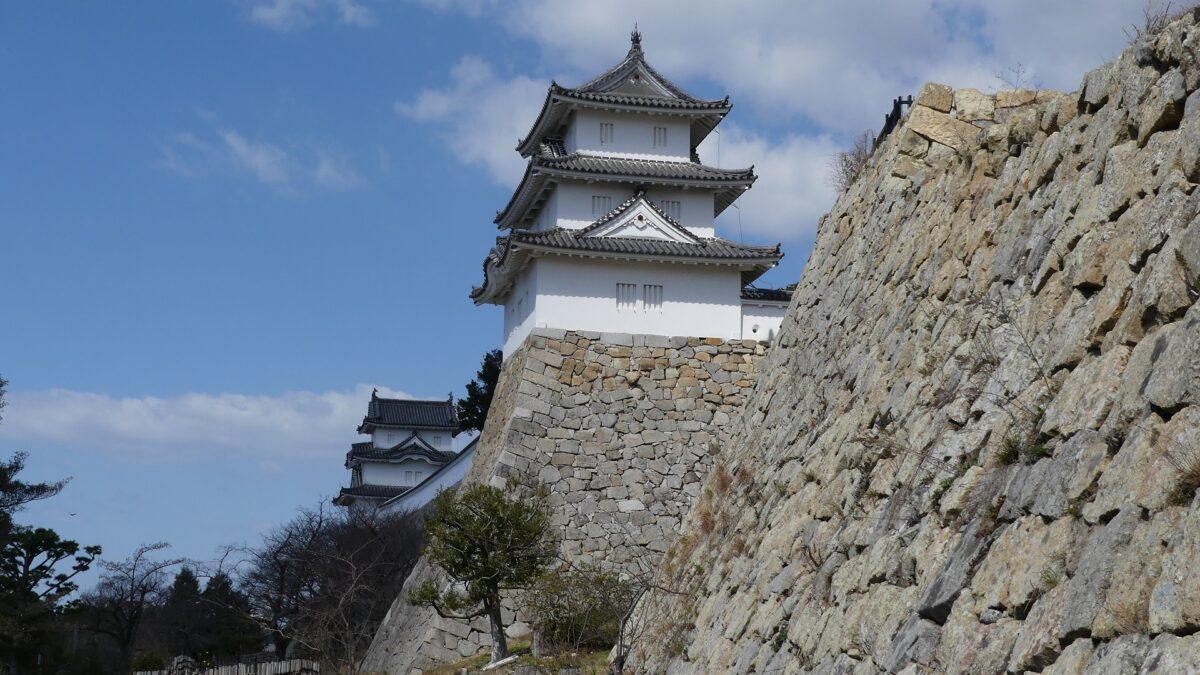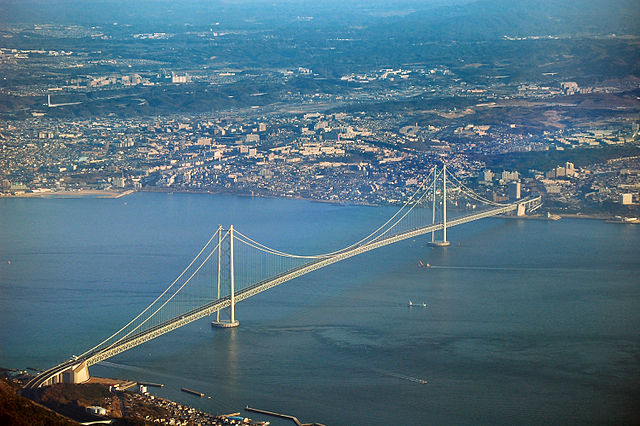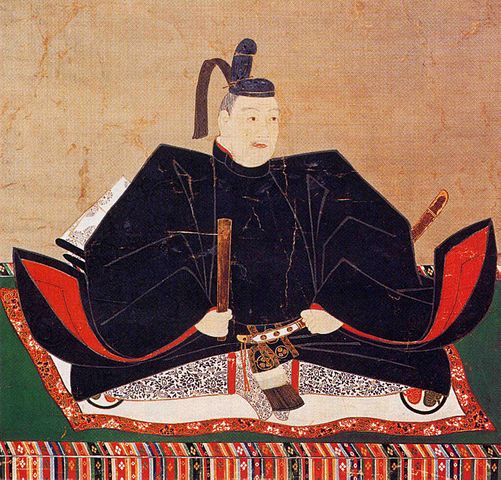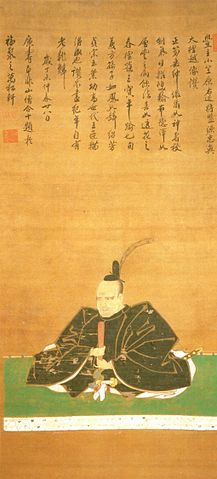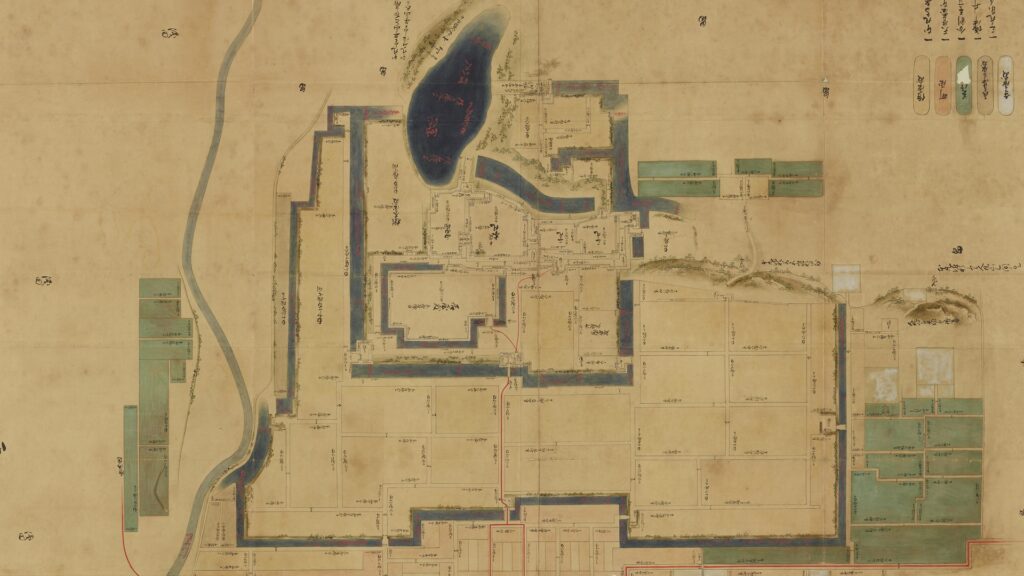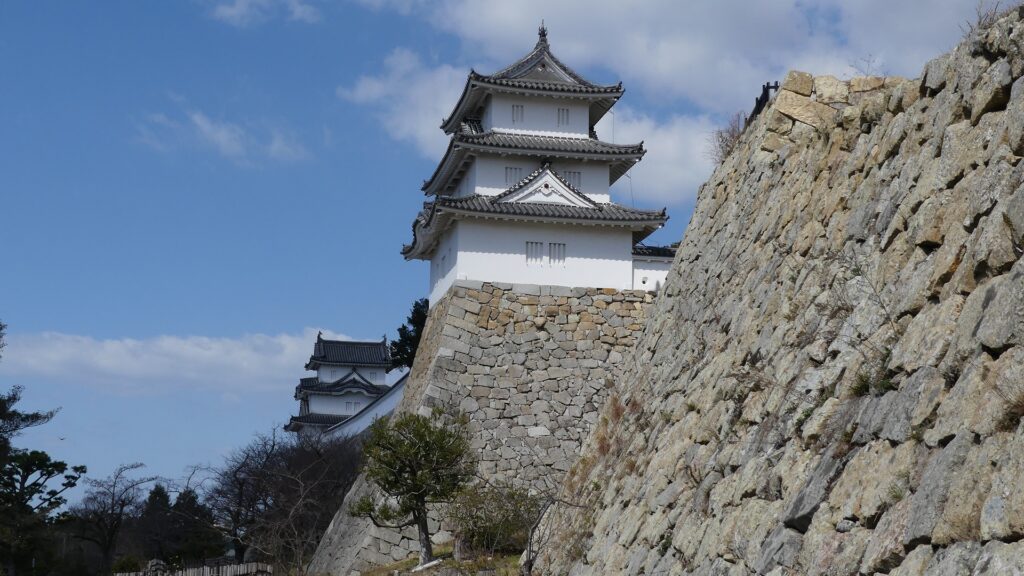Location and History
Tadateru Matsudaira built it shortly
Takada Castle was located in Echigo Province (what is now Nigata Province). The Uesgi Clan at Ksugayama Castle owned the province in the late 16th Century during the Sengoku Period. After the clan was transferred to another province, the province was divided by several lords at the beginning of the 17th Century. One of them was the Hori Clan which owned the western part of the province and lived in Fukushima Cstle. However, Hori Clan was fired by the Tokugawa Shogunate in 1610. Instead, Tadateru Matsudaira, a son of Ieyasu Tokugawa, the founder of the Shogunate was sent to the castle. He and the Shogunate felt they required a stronger castle, because the tension between the Shogunate and the Toyoyomi Clan got higher. They needed to monitor non-hereditary feudal lords who possibly supported the Toyotomi Clan. The new castle would be called Takada Castle.
The location of the castle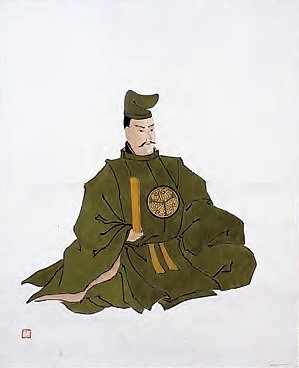
The construction for the castle began in March 1614, and was almost completed in just four months, before the battle between the Shogunate and the Toyotomi Clan happened in October. The Shogunate mobilized thirteen lords including Tadateru’s father-in-law, Masamune Date for the construction. Maybe for the short construction period, Takada Castle had several features. The foundation of the castle was completely made of soil, not using stone walls which were common for building castles at that time. A Main Tower, which was also popular for castles, was not built, the Three-story Turret was built instead.
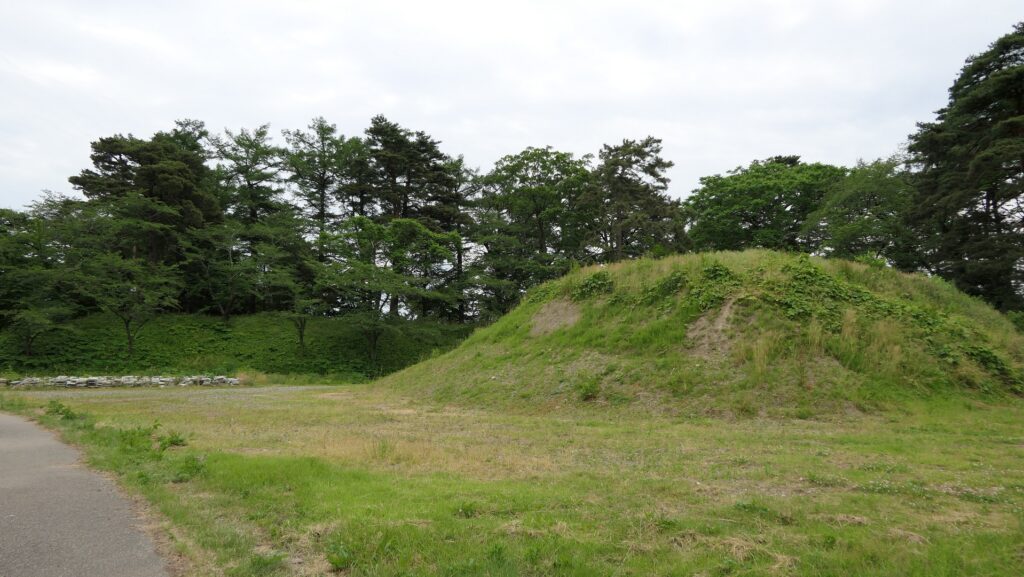
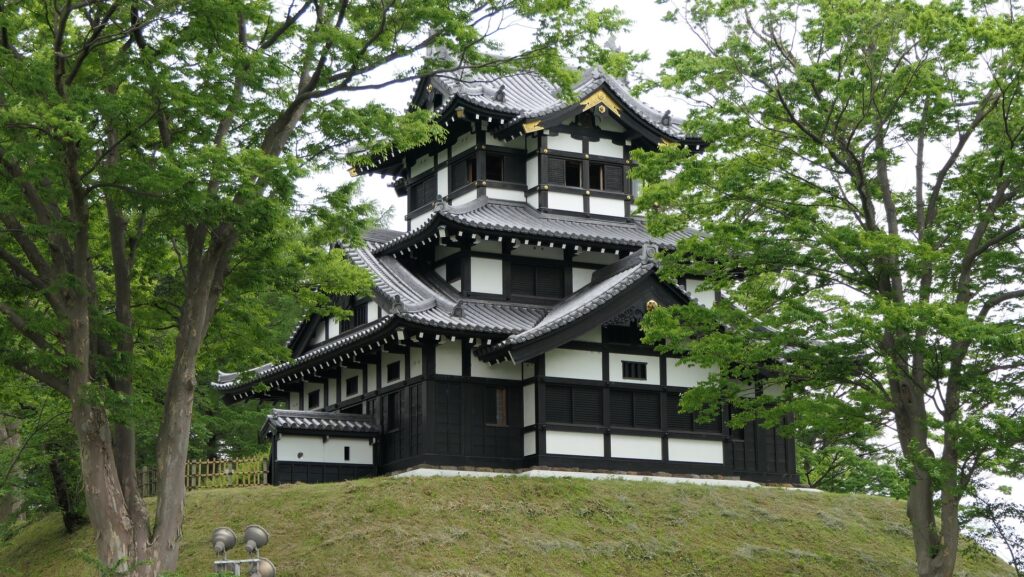
Protected by Wide Water Moats and High Earthen Walls
However, there was no shortcuts in the construction. The wide and long water moats were built using the flow of several rivers. As a result, the castle was surrounded by the Inner Moat, the Outer Moat, and the opposite flowing rivers. The Third Enclosure was in the Outer Moat, the Second Enclosure was inside the Outer Moat, and The Main Enclosure was inside the Inner Moat. Visitors from the Main Gate outside the Third Enclosure had to go across three bridges to reach the Main Enclosure. Even the clay walls were as high as10m, so the castle had sufficient defense.
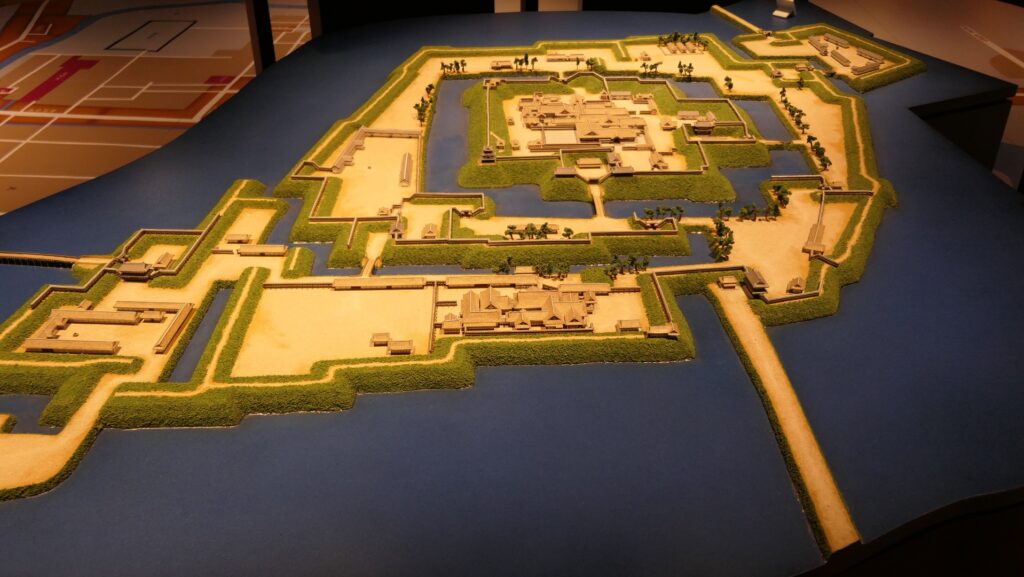
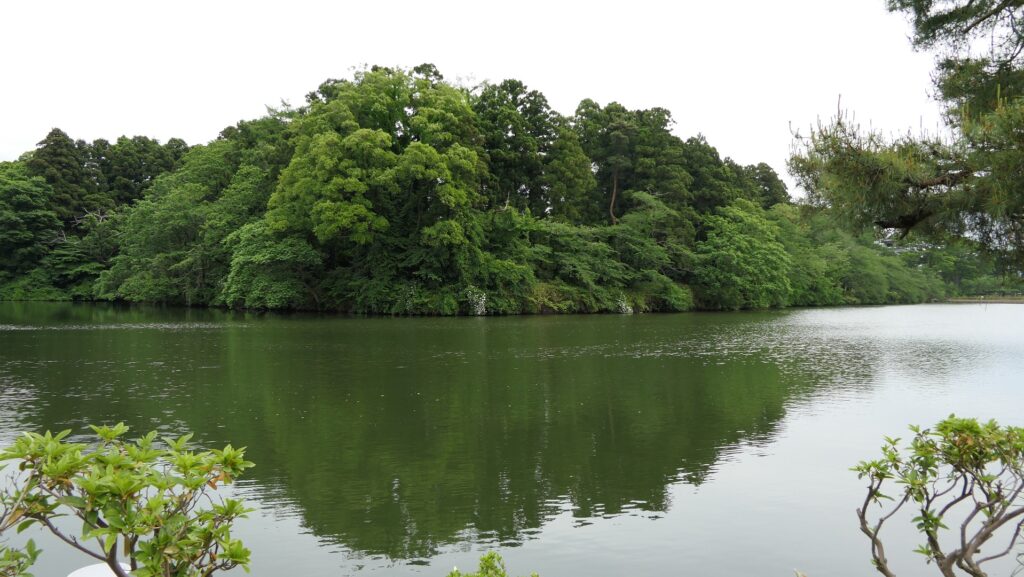
Lords of Castle were changed several times
Tadateru was one of the 10 lords who had the largest territories in Japan at that
time, however, he was fired by the Shogunate in 1616 for unknown reasons, after the Shogunate eliminated the Toyotomi Clan in 1615. Though it is said that he was rude to his father, it may be due to an internal trouble in the Shogunate. He was exiled at Takashima Castle until he died at the age of 92 in 1683.
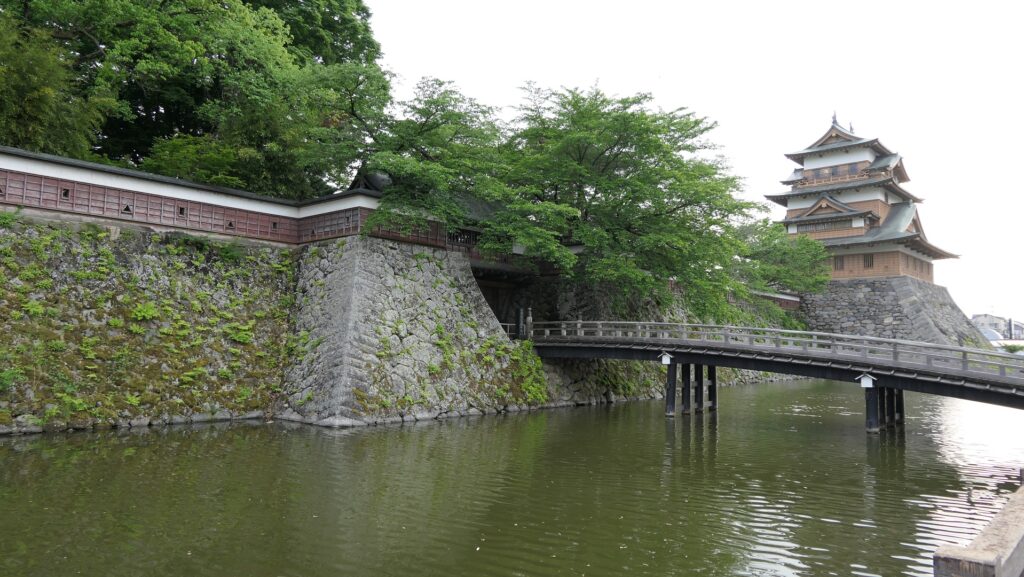
After some years, Mitsunaga Matsudaira governed the castle for 57 years. He improved farming and business while developing the castle town and transportation. The castle town had become the city area of Joetsu City. However, he was fired by the Shogunate as well in 1681 due to the internal trouble for his successor.
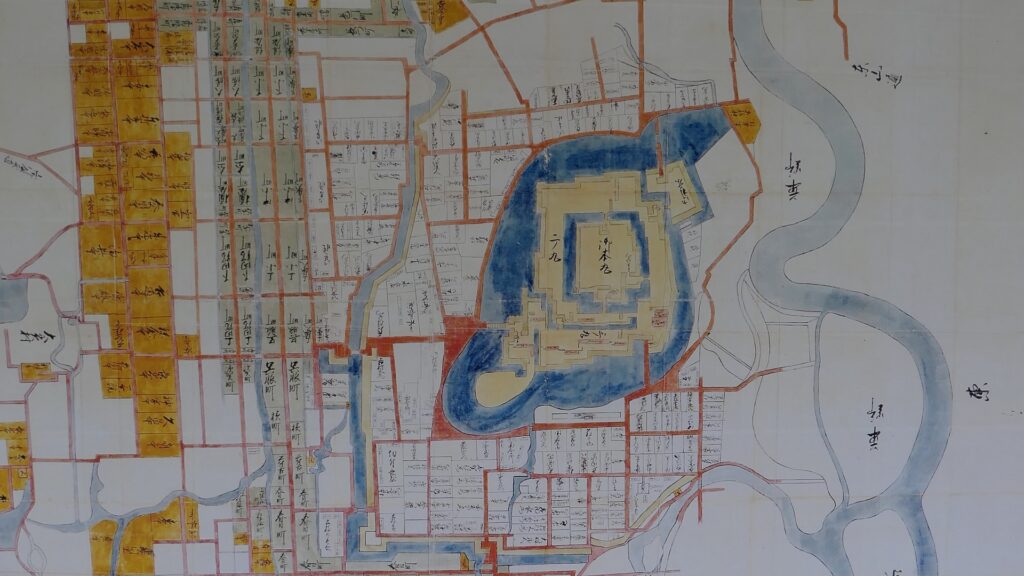
After that, several clans governed the castle and the area around the Takada Domain. This area has been known for a city having heavy snow, so some people from other areas seemed to have trouble living and communicating. The last lord of the castle was the Sakakibara Clan which owned it from the mid 18th Century to the Meiji Restoration in the late 19th Century.
